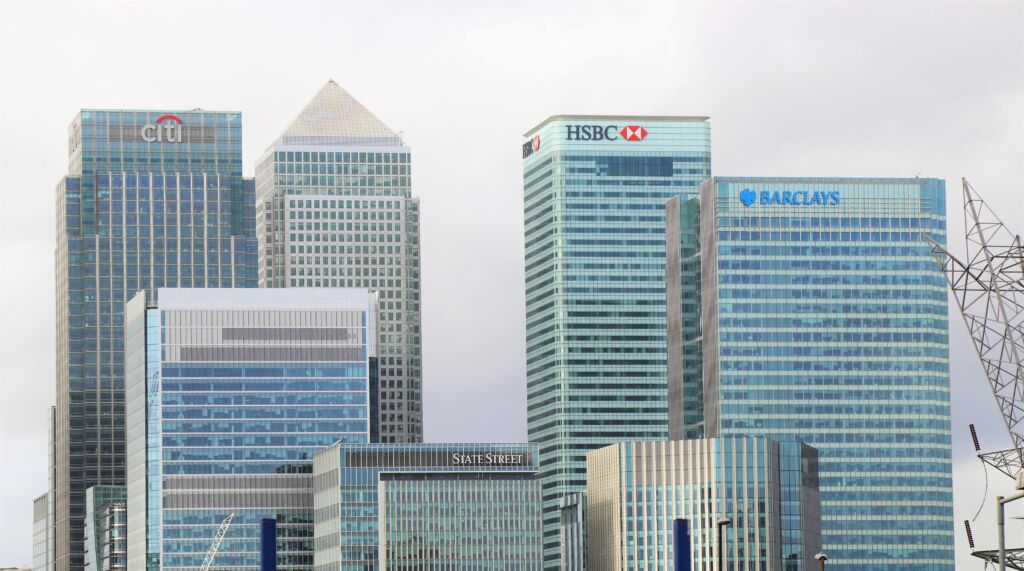Social impact bonds…they’re back in case you didn’t get enough of them here or here. This time around they are in Manitoba and it’s a $3 million program that involves doulas helping Indigenous mothers keep their kids out of foster care. As usual, the intervention itself sounds interesting and innovative. It proposes to match 200 pregnant Indigenous women with doulas for one year with the goal of reducing the number of days newborns end up with child welfare services by 25 days.
So where does this leave Indigenous women in Manitoba who are at risk of having their children taken away by child and family services? This remains an incredibly important question and a very serious issue in Canada, not least because the federal government has been shown in court to have discriminated against Indigenous child welfare agencies through underfunding. One can hardly blame social service providers for looking for alternate routes for service delivery as traditional funding dries up. The real question is: why go through this charade of social impact bonds when they are really a front for private sector middlemen to get paid as they game the process?
As always, the bond will have “investors” pay upfront to run the intervention and then the province will refund them all their money plus interest if it hits certain targets. If it misses the targets, the “investors” get only part of their money back, or they could (but won’t) get burned completely.
So why “investors” (with scare quotes) and not real investors? One of the biggest constraints for social impact bonds (SIBs) is actually finding anyone to pony up the money. Real investors, like say a mutual fund or a hedge fund, would never touch this with a ten-foot poll. Could you imagine an investor risking $3 million for a paltry 4.1% return over two years when they could get a 5% return over 2 years in a savings account insured by the federal government?
Instead of actual investors, this bond will end up with either charitable foundations or corporate social responsibility (CSR) money, the mandate of both is just to give money away to worthy causes. Except in this case, they can look like they are giving money away while getting it all back with interest. In fact, you can end up with really bizarre situations like the case of a charity insuring Goldman’s Sachs CSR money in a Riker’s island youth recidivism SIB. Incredibly, the program missed its targets and the charitable foundation bailed out Goldman, a profitable international bank.
The Manitoba program hasn’t found its "investor"(s) yet. Once they have, they’ll need to start to line up the middlemen with their middleman markup. SIBs have gobsmacking overhead costs to make sure that lawyers, accountants and big consulting firms get paid top dollar to organize these complex structures. The first federal social impact bond in Canada, which provided training to unemployed workers, cost $2.75 million but only $1.1 million was paid to the colleges giving the training. That means a whopping 60% of the funding went to the lawyers, accountants and consultants, something that would be unthinkable in any traditional social services grant. This step is already underway for the Manitoba project with the MaRS Center for Impact Investing signed up as the organizer.
Once you’ve got the “investors” and the middle men queued up, then it’s time to game the program itself to make sure the government will pony up your cash. Here’s what we’ve seen in the past.
First, game the entrants to the program. For instance, take a recent Saskatchewan SIB that aimed to have more vulnerable kids graduate high school. To get into the program, students had to enrol at Mother Theresa middle school, which charged a mandatory fee, excluded kids with behavioural difficulties and selected only students that were “highly motivated.” Because vulnerable kids weren’t random assigned, program designers got to cherry pick the students most likely to succeed. This alone wrecks any academic value of whether this program might work more broadly by only including the best possible candidates. But what it does ensure is that the program will they’ll succeed and SIB “investors” will get paid.
Second, you can game the targets, so they are much lower than what the government initially wanted. The Heart and Stroke Foundation organized a $2.9 million SIB meant to reduce blood pressure. Incredibly $1.6 million, or 55%, of the money was paid back if they could get the 7,000 people to sign up on a website (which they call an “intake volume metric”). They don’t ever have to come back, just sign up. That’s paying an incredible $230 per person to get people to put their name and emails into a website. You can actually watch this process happen in the documentary “The Invisible Heart” (for which I was interviewed) where Public Health Agency of Canada officials admit that the "investors" didn’t want the full risk of committing to reducing participants' blood pressure. So to reduce the "investors" risk, they introduced the much lower risk “website sign up” component.
Here’s a radical idea: why not just have the province fund the doula program directly through the service provider? If the SIB consultants do their job in gaming the process, they government will pay for the program later anyway, and with interest. Cut out the middlemen, cut out their 60% overhead and help 400 mothers instead of 200 keep their kids out of foster care. And you’d still have money left over to do a proper evaluation.
David Macdonald is a senior economist with the Canadian Centre for Policy Alternatives.







